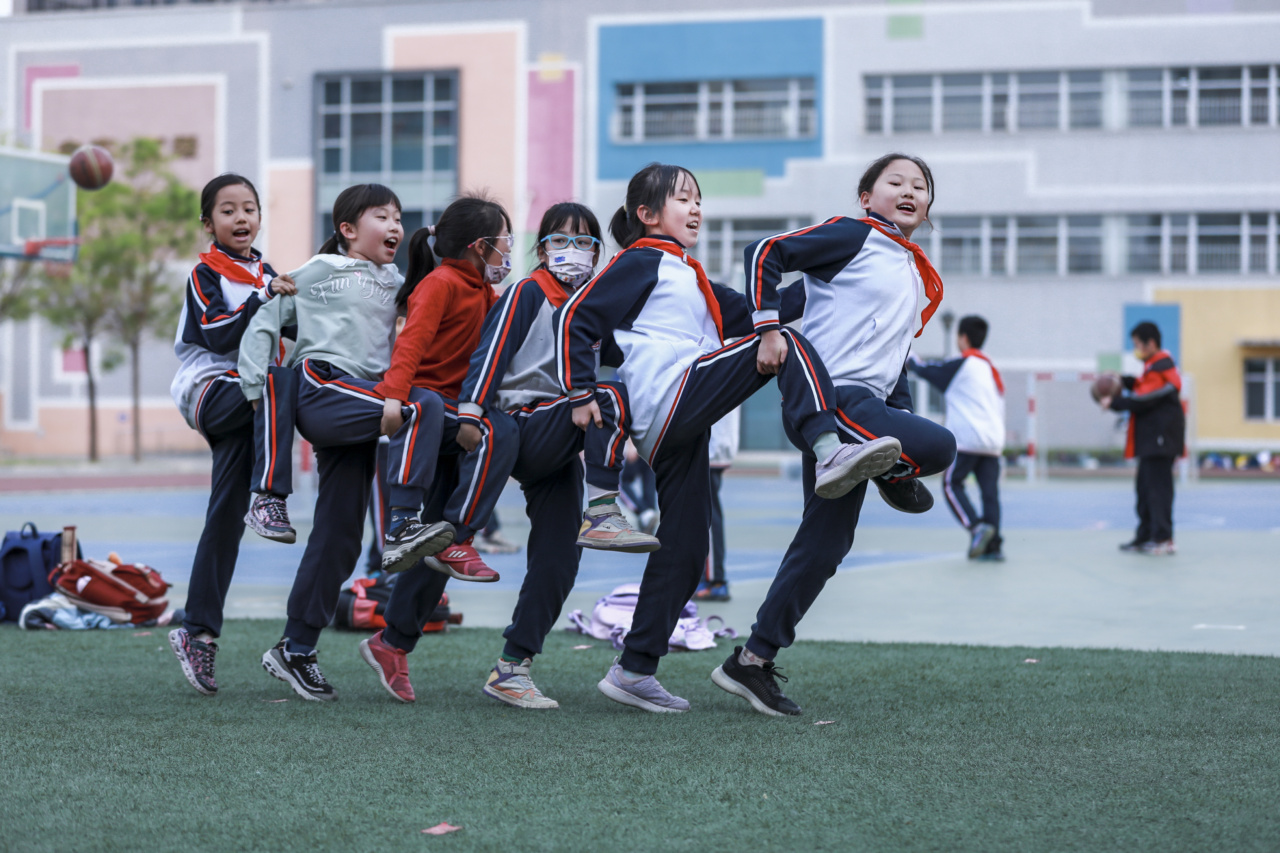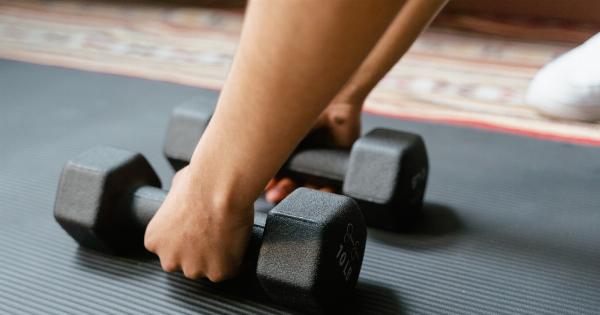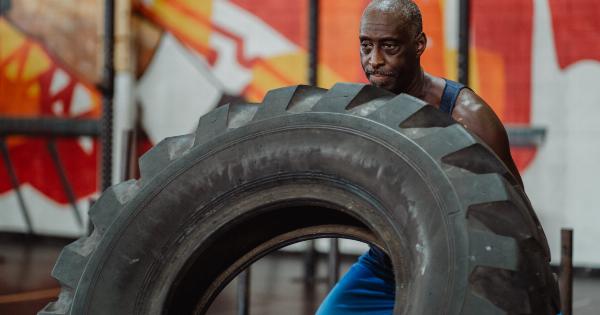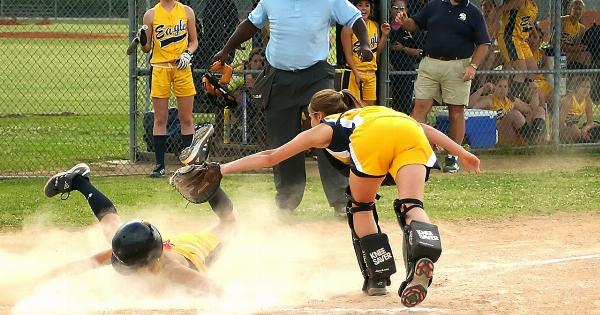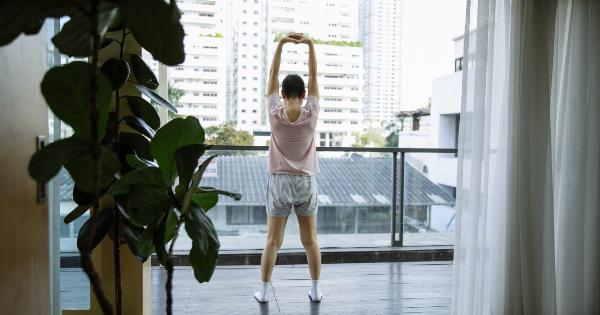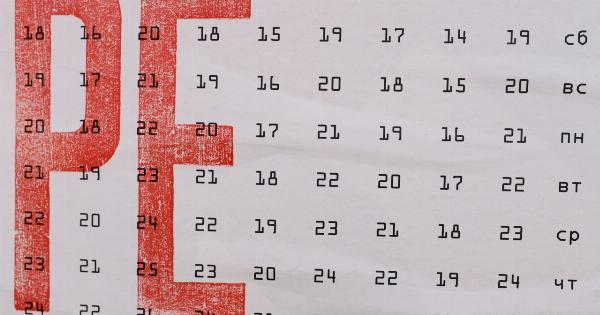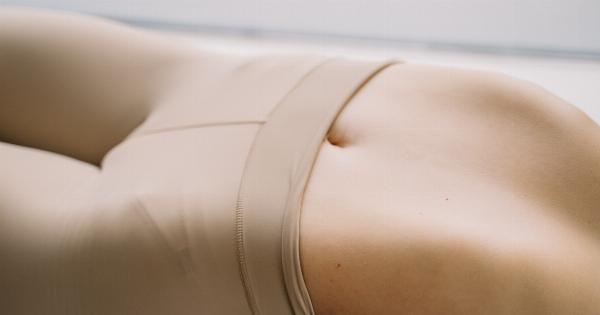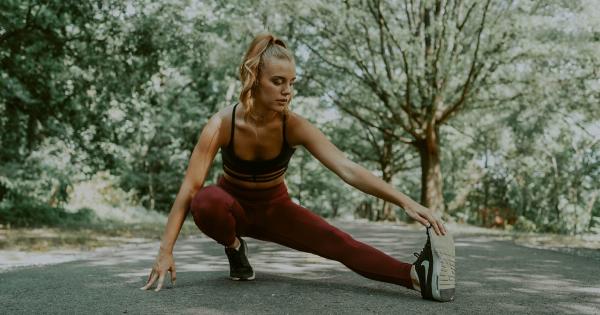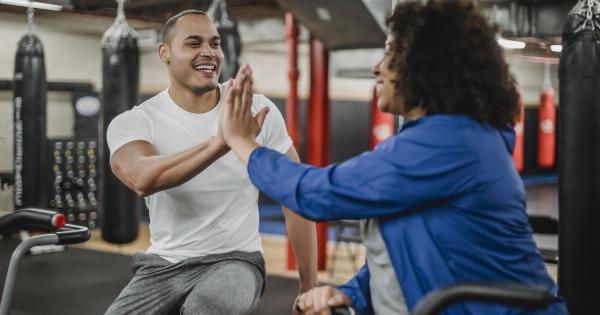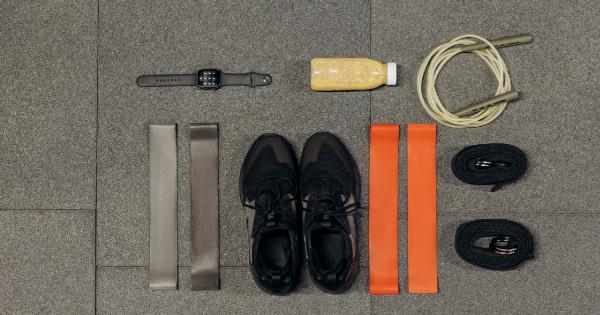Many people assume that once you hit your 20s or 40s, the window for physical fitness and exercise has closed. However, research shows that this is not the case at all.
Exercising past your 20s and 40s can actually have significant benefits for your overall health and wellness.
Benefits of Exercising Past Your 20s and 40s
One of the main benefits of exercising throughout your life is maintaining muscle mass and bone density. As we age, it’s common to lose muscle mass and bone density, which can lead to an increased risk of falls and fractures.
However, regular exercise can help prevent this decline.
Additionally, exercising past your 20s and 40s can help reduce your risk of chronic diseases, such as diabetes, heart disease, and certain types of cancer. Exercise can also help improve your mood and reduce your risk of depression and anxiety.
Types of Exercises to Consider
When it comes to exercising past your 20s and 40s, it’s important to choose activities that you enjoy and that are appropriate for your current fitness level. Here are a few different types of exercises to consider:.
Strength Training
Strength training involves using weights, resistance bands, or your own body weight to build and tone muscle. This type of exercise is particularly important for maintaining muscle mass as you age.
Cardiovascular Exercises
Cardiovascular exercises, such as running, swimming, or cycling, can help improve your heart health and burn calories. These types of exercises are also a great way to reduce stress and improve your mood.
Yoga
Yoga is a low-impact exercise that can help improve flexibility, balance, and strength. It’s also a great way to reduce stress and promote relaxation.
Things to Keep in Mind When Exercising Past Your 20s and 40s
While exercising past your 20s and 40s is generally safe and beneficial, there are a few things to keep in mind:.
Listen to Your Body
As you age, it’s important to listen to your body when exercising. If you experience pain or discomfort, take a break and reassess your workout routine.
Modify Your Workouts
As your body changes, you may need to modify your workouts to ensure they are safe and effective. For example, you may need to focus more on low-impact exercises or avoid certain movements altogether.
Stay Hydrated
Staying hydrated is important at any age, but particularly as you get older. Make sure to drink plenty of water before, during, and after exercise.
Conclusion
Exercising past your 20s and 40s is not only possible, but it’s also important for your overall health and wellness.
By choosing appropriate exercises and staying mindful of your body’s needs, you can continue to enjoy the benefits of regular exercise throughout your life.
